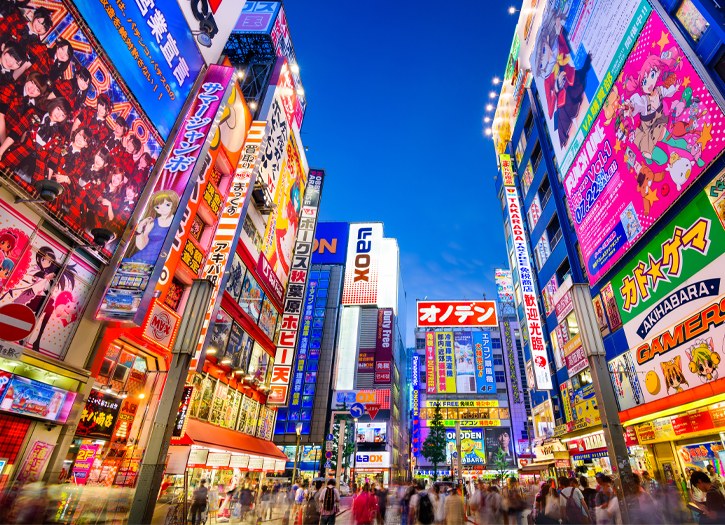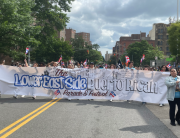The Japanese government confirmed its first outbreak of the disease in the country on 15 January 2020 in a resident of Kanagawa Prefecture who had returned from Wuhan, China. According to the National Institute of Infectious Diseases (Japan), the majority of viruses spreading in Japan derive from the European type while those of the Wuhan type have been disappearing since March.
Prime Minister Shinzo Abe established the Japan anti-coronavirus national task force to oversee the government’s response to the pandemic. On 27 February, he requested the temporary closure of all Japanese elementary, junior high, and high schools until early April. As the pandemic became a concern for the 2020 Summer Olympics, the Japanese government and the International Olympic Committee negotiated its postponement until 2021. On 7 April, Abe proclaimed a one-month state of emergency for Tokyo and the prefectures of Kanagawa, Saitama, Chiba, Osaka, Hyogo, and Fukuoka. On 16 April, the declaration was extended to the rest of the country for an indefinite period.
After the COVID-19 outbreak on the cruise ship Diamond Princess, the Japanese government shifted its focus from a containment policy to a prevention and treatment one because it anticipated increasing community spread within Japan. This policy prioritized the creation of a COVID-19 testing and consultation system based on the National Institute of Infectious Diseases (NIID) and the government’s 83 existing municipal and prefectural public health institutions that is separate from the civilian hospital system. The new system handles the transfer of COVID-19 patients to mainstream medical facilities to facilitate patient flow, triage, and the management of limited testing kits on their behalf to prevent a rush of infected and uninfected patients.
They stated that it would not be possible for the government to prevent the spread of COVID-19 in Japan on a person-to-person basis, but that it might be possible to regulate the overall speed of infection. They cited the next week or two as a “critical moment” determining whether the country would experience a large cluster that could result in the collapse of the medical system and socio-economic chaos. After reviewing and discussing the existing data on the disease, the committee stated that universal PCR testing was impossible due to a shortage of testing facilities and providers.
On 1 April, the Ministry of Health reconvened the Novel Coronavirus Expert Meeting to assess the current COVID-19 situation in Japan. The medical experts discussed the data and concluded that although such urban areas as Tokyo and Osaka were witnessing a rapid increase in infection rates, they were not on a trajectory to experience a large-scale cluster seen in Europe and the United States. Experts were still concerned that infected patients could overwhelm the medical service system before an explosive spread of the virus as COVID-19 designated hospitals in major cities reached near capacity.
On 12 February, Abe announced that the government would secure 500 billion yen for emergency lending and loan guarantees to small and medium enterprises affected by the COVID-19 outbreak. He also declared that his Cabinet would set aside 15.3 billion yen from contingency funds to facilitate the donation of isolated virus samples to relevant research institutions across the globe. Under this policy, the Japanese government instructed manufactures to sell facial masks directly to the government, which would then deliver them to residents. On 5 March, the Japanese government announced that it is organizing an emergency package by using a 270 billion yen ($2.5 billion) reserve fund for the current fiscal year through March to contain the virus and minimize its impact on the economy.
Testing was still restricted to large hospitals in March 2020, with 52,000 tests, or 16% of the South Korean amount, performed that month. A decision to expand testing was made on 13 April 2020. There were many articles in March that criticized the number of PCR tests in Japan as very small compared to South Korea.According to data released by the Ministry of Health, Labor and Welfare, Japanese authorities conducted PCR tests of 10205 as of 13 March and 15655 as of 17 March, except for those returning from China by charter flights and passengers on the cruise ship.







Add Comment
You must be logged in to post a comment.